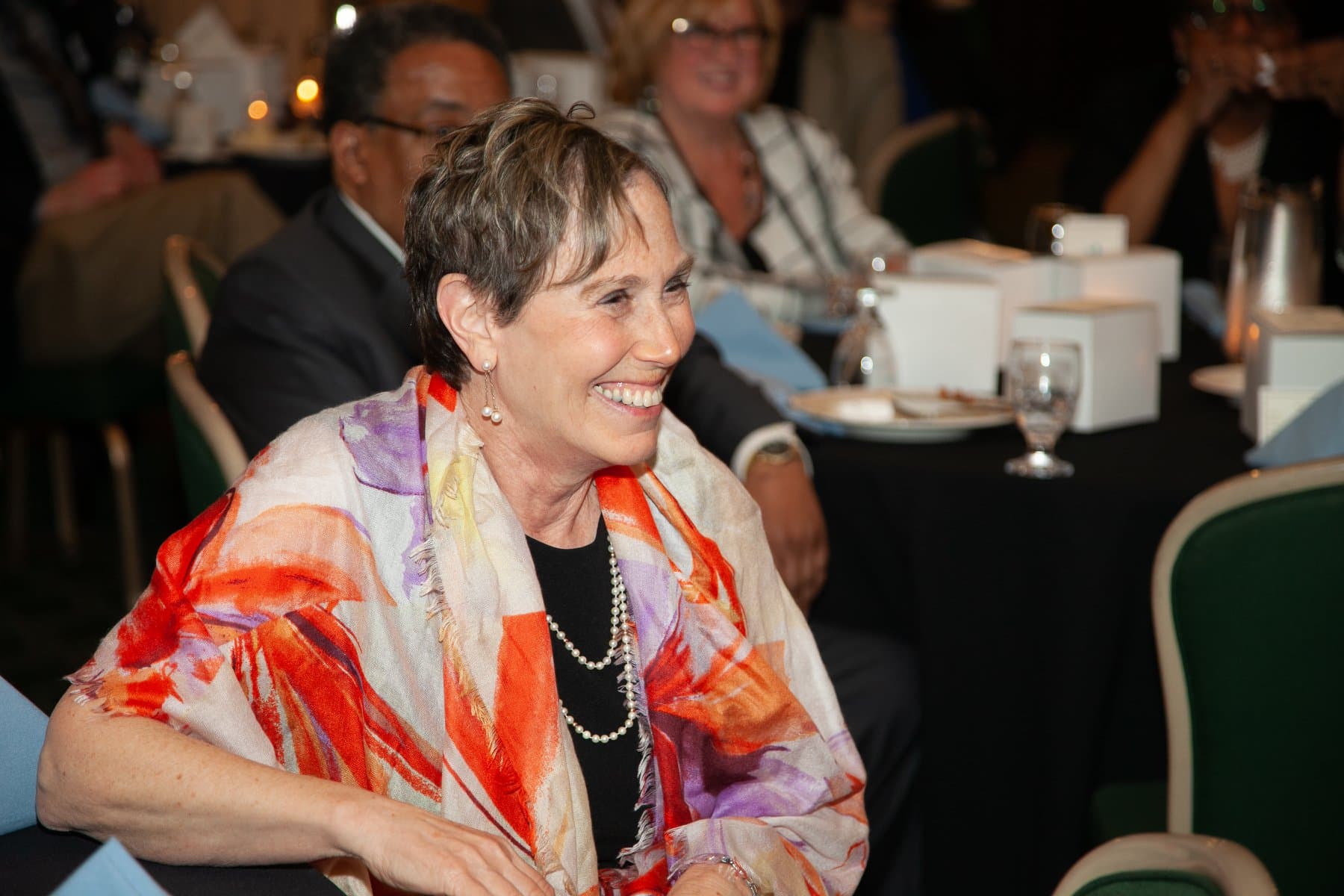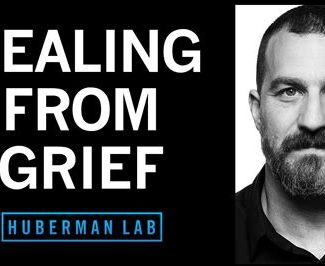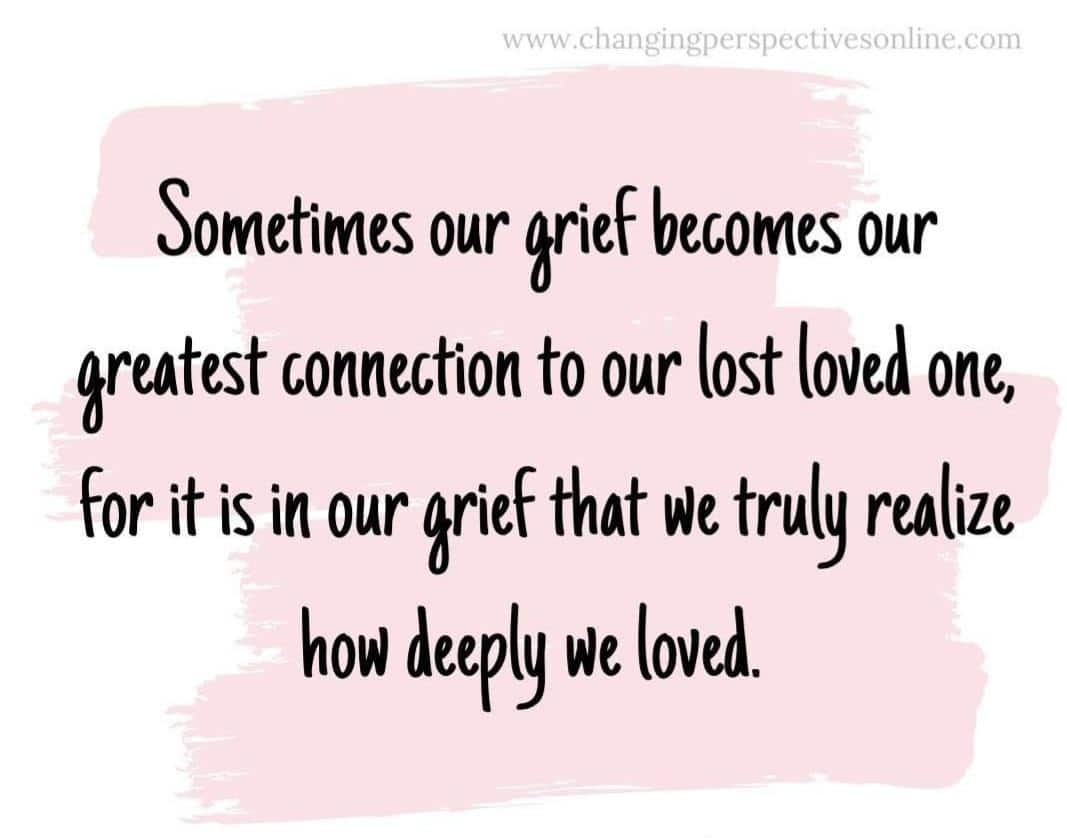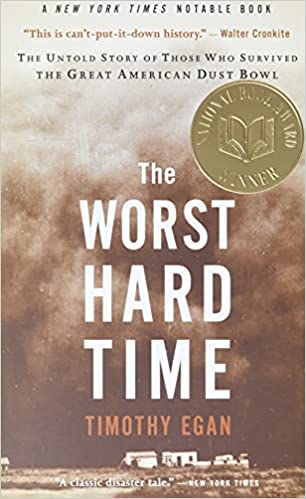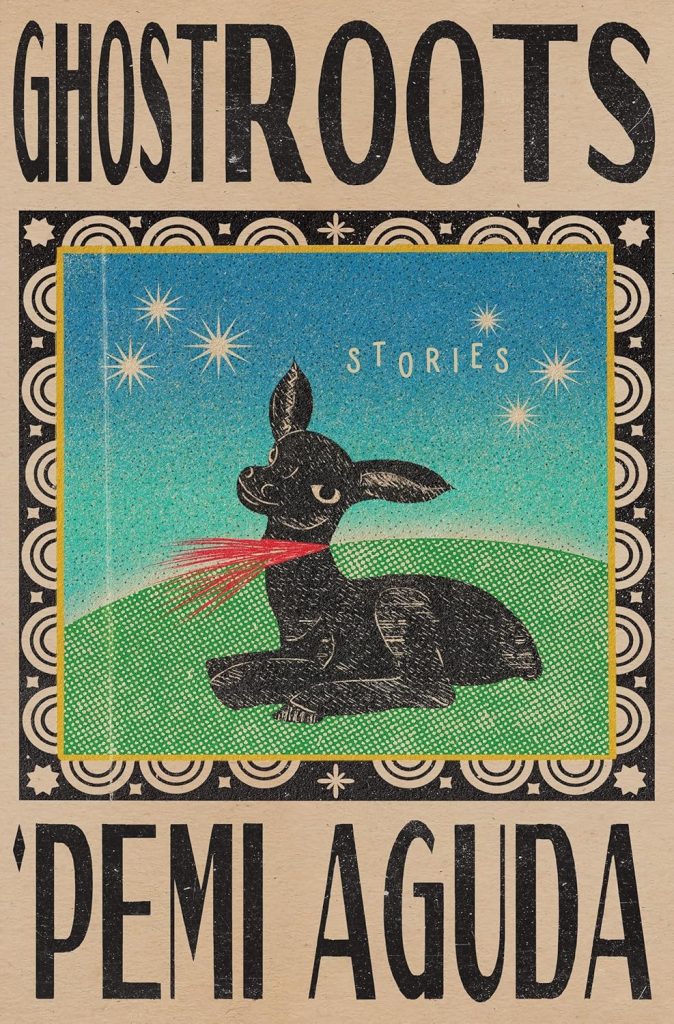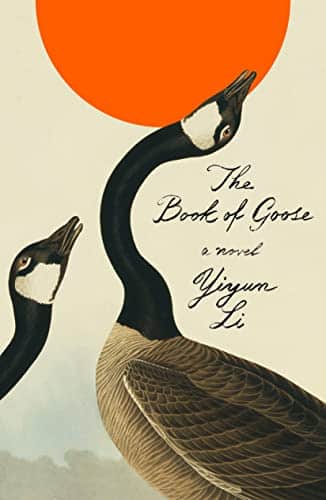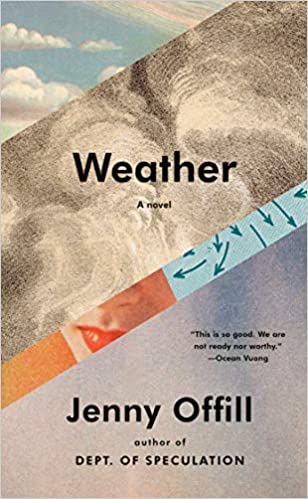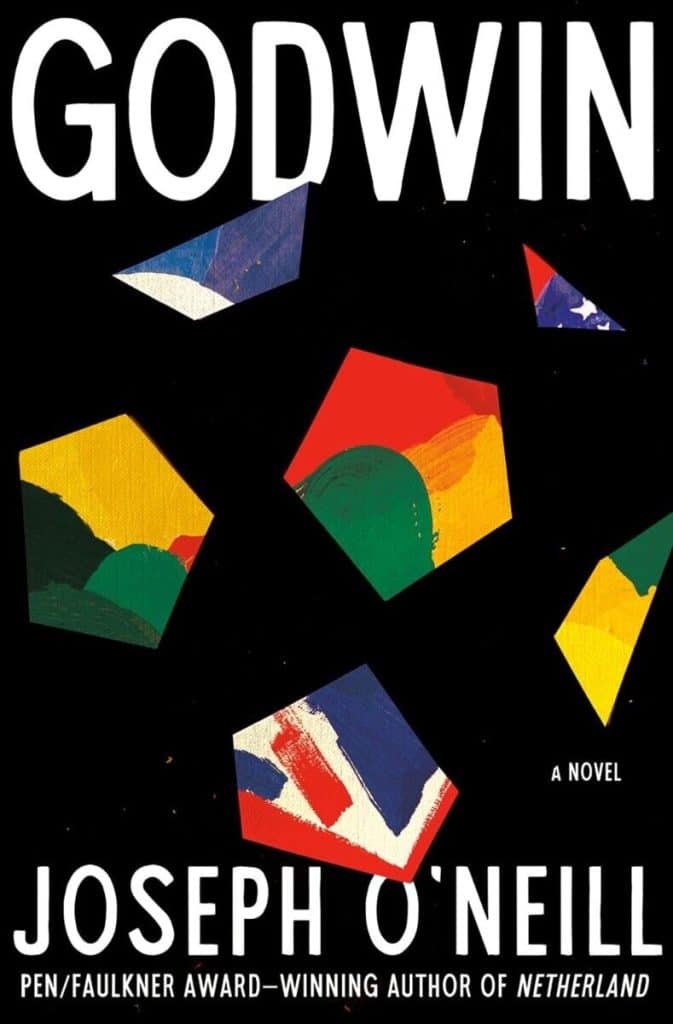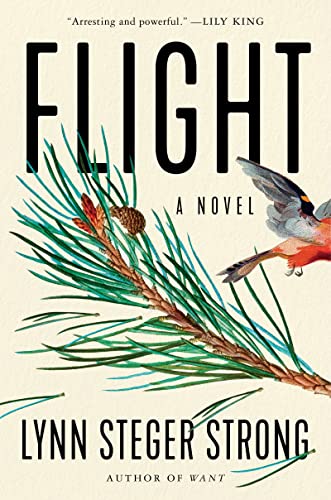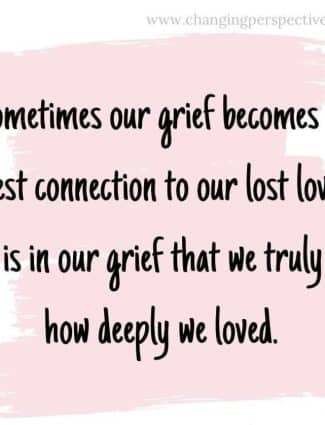
My Love for Jan is Deep and Wide
Estimated reading time: 0 minutes, 51 seconds When I met Jan, I knew I loved her and would spend the rest of my life with her.
When I met Jan, I knew I loved her and would spend the rest of my life with her.
Our love for each other was unfathomable and broader than the combined rivers, streams, lakes, bayous, seas, and oceans.
Being older and male, I was sure that Jan would survive me. One day at a time, I had done whatever was I could to ensure that she would be able to manage without me.
In the early days of my grief journey, I was comforted that the level of grief was equal to the amount of love we shared.
Almost fourteen months, I love her more than ever but slowly have reprogramed my mind’s time and space dimensions so I can bring Jan with me.
When you buy a book or product using a link on this page, I receive a commission. Thank you for supporting Sharing Jan’s Love blog.
